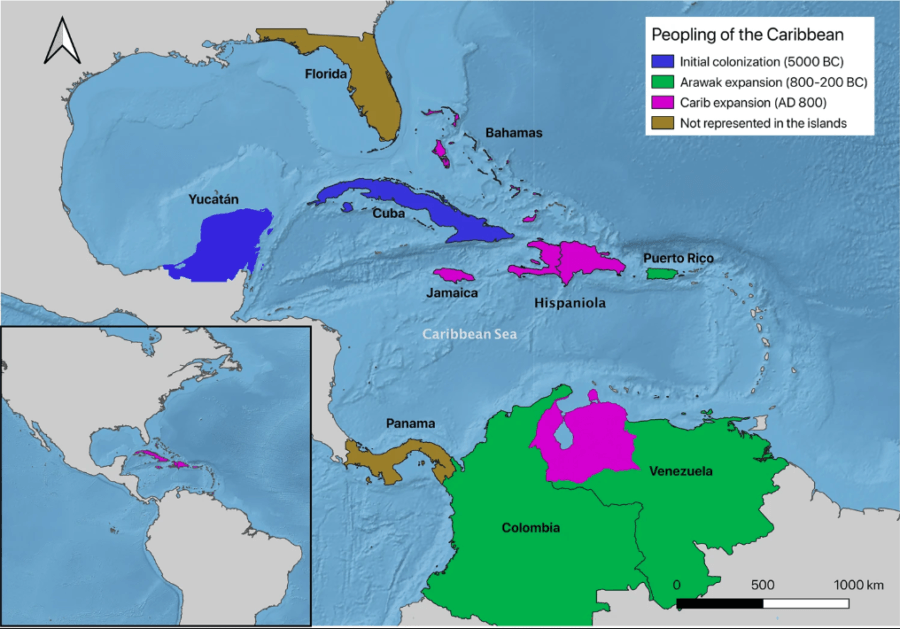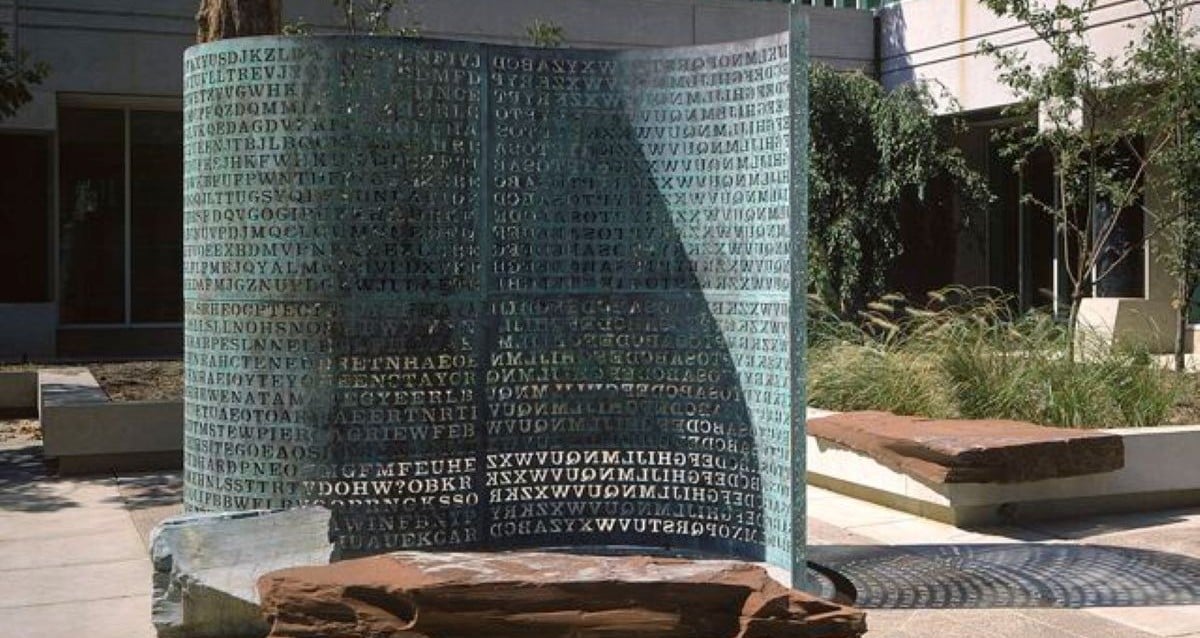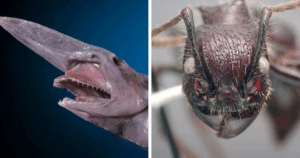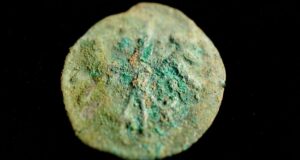“Unveiling the Truth: Did Columbus Really Encounter Cannibals, or Was It All a Historical Deception?”
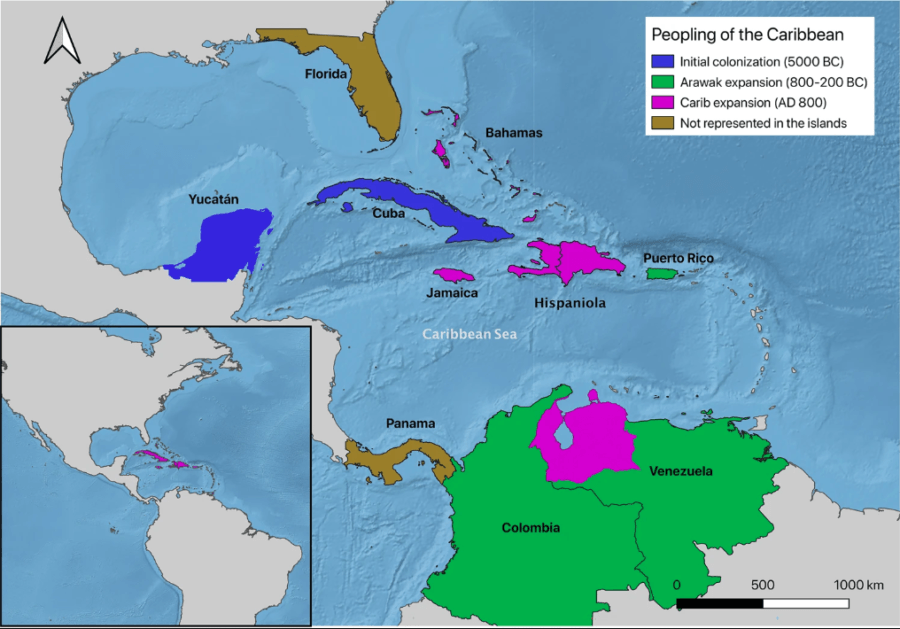
Scientific Reports/North Carolina State UniversityThe theorized migration routes for the peopling of the Caribbean.
Though there is pottery suggesting the South American Carib (or Caniba) people made it as far north as Guadalupe — which is around 1000 miles south of the Bahamas — that evidence is rather thin. The vessels could have naturally arrived there by countless other means.
To garner a more accurate picture of the region during that period, researchers relied on the morphology of skulls. Borrowed from Caribbean museums and collections, these bones allowed experts to compare and contrast, and more closely pinpoint the cultural origins of these individuals.
As a result, researchers identified three separate groups of migrants. The earliest settlers of the Caribbean were found to have come from the Yucatán before moving into modern-day Cuba and the Northern Antilles.
The Arawaks from modern-day Colombia and Venezuela migrated to Puerto Rico between 800 and 200 B.C. Pottery evidence lends further credence to this conclusion.
The Caribs, meanwhile, arrived in Hispaniola around 800 A.D. They then expanded into Jamaica and the Bahamas, where they were well-established by the time Columbus arrived.
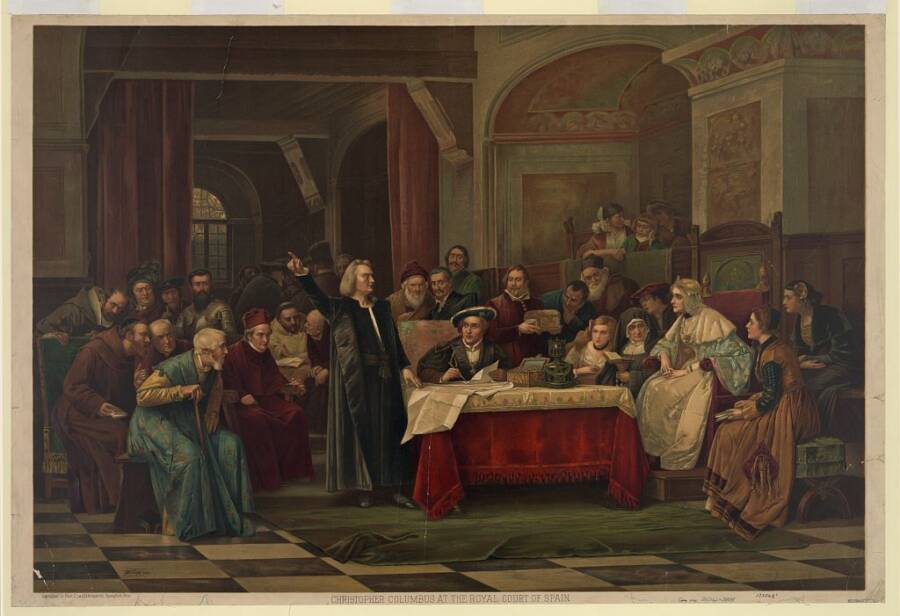
Library of CongressChristopher Columbus depicted at the Royal Court of Spain, presenting his request of exploration to Queen Isabella I and Ferdinand V. Researchers believe once he labeled the Caribs as cannibals, the crown had no qualms about inhumane treatment of all in the region.
As for the cannibalism, no undeniable evidence has yet been presented. According to IFL Science, Keegan is far from ruling it out as a natural strategy possibly employed back then.
